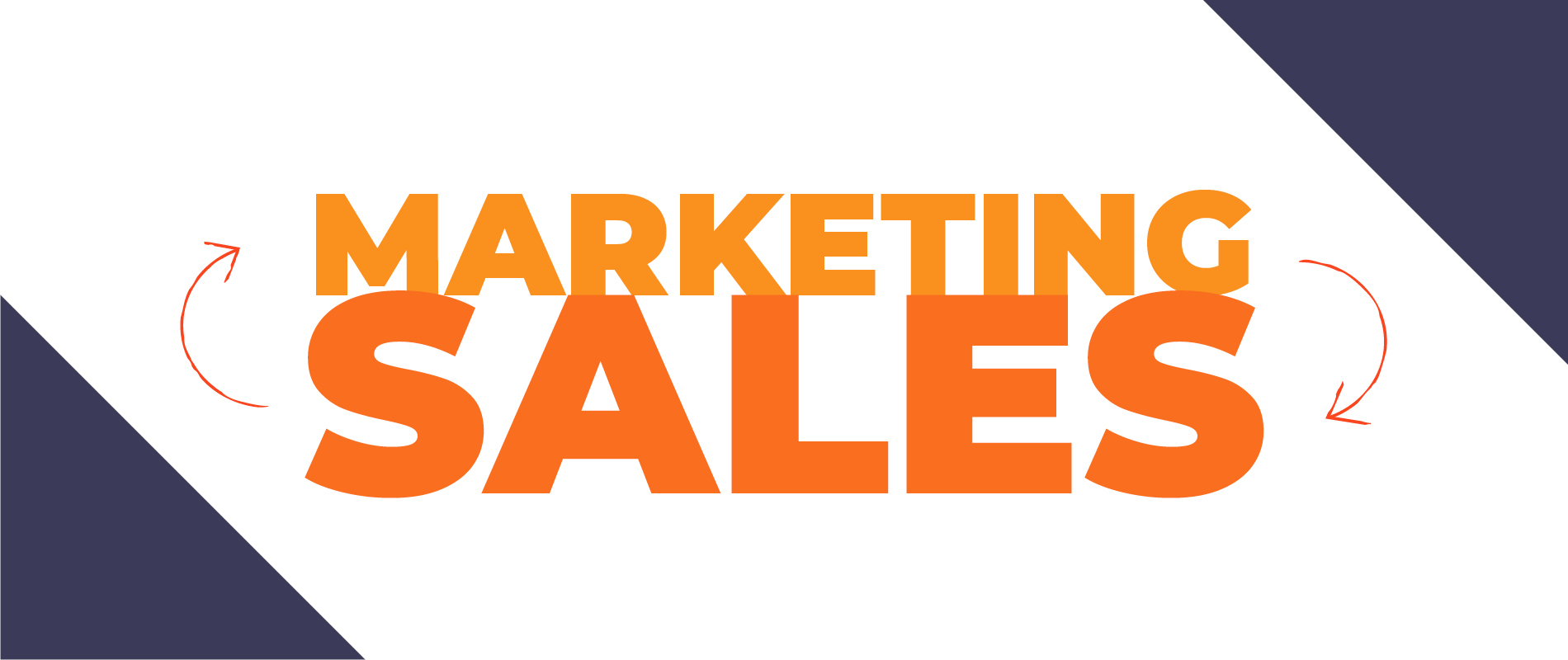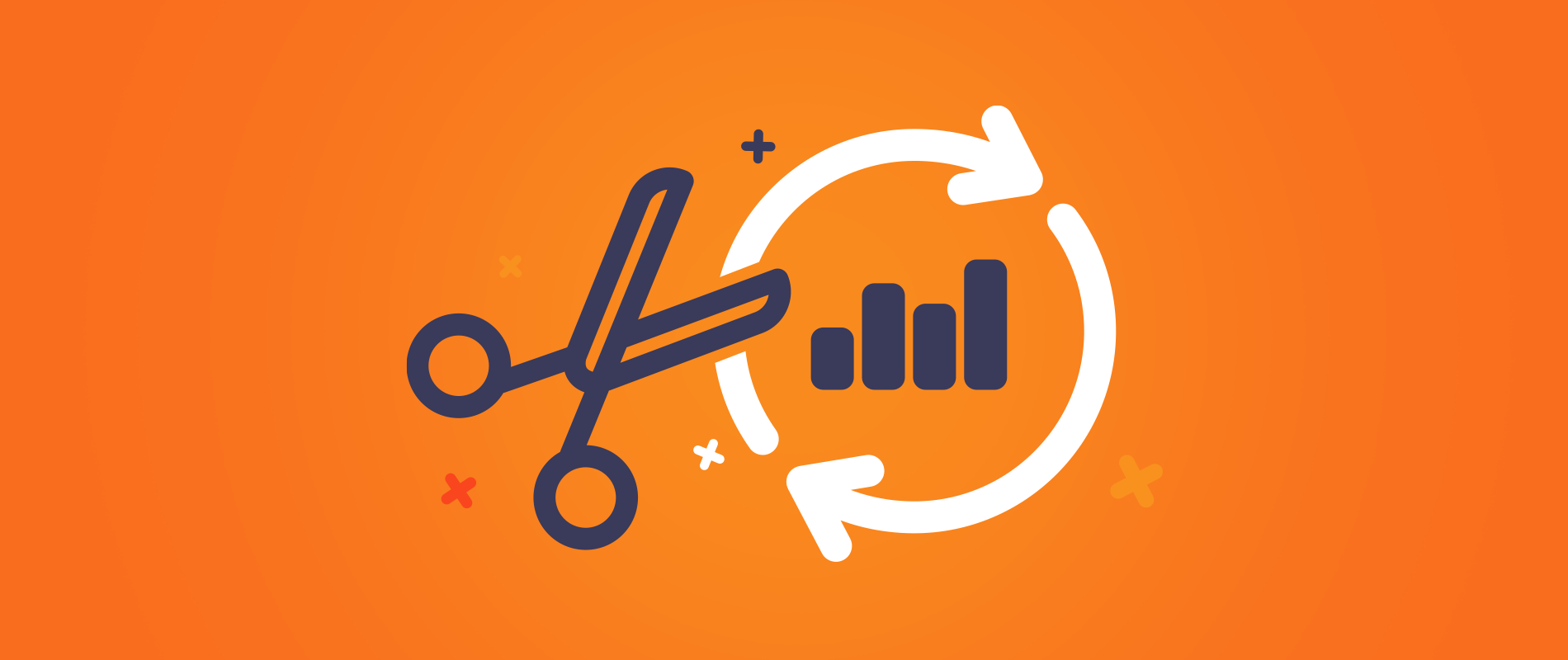
Get weekly
HubSpot updates
Sales enablement was defined back in 2008 by research firm Forrester as:
Poetry is not Forrester’s strong point; however, the approach of enabling sales teams via a process that provides them with the right tools, at the right time, for the right audience is very much at the heart of sales enablement for a SaaS sales organisation.
Sales enablement for SaaS – It’s marketing, but not!
There is a bit of confusion in the industry as to exactly who is responsible for sales enablement strategy. The debate is drawn on two sides of the sales and marketing divide. On one side of the discussion, you have sales teams that believe it is the responsibility of marketing to provide. Whilst on the other side you have marketing who believe that sales should be responsible for creating their own tools to close down their opportunities.
The truth is that for a sales enablement strategy to work it requires commitment from both sales and marketing. I won’t get into a sales and marketing alignment discussion right now, but let's just say that your departments should be aligned and working towards one goal together. The development of a sales enablement strategy naturally supports the alignment of these two departments and the results speak to themselves.
Ben Cotton, the lead for SaaS giants HubSpot’s enablement program, has worked with his team to define what they do as:
This definition illustrates how a marriage between marketing and sales is designed to deliver a shorter, more effective sales process. Marketing does take a lead when it comes to delivering a content plan that fulfils the need sales have for tools that can improve the chances of a successful opportunity. CSO Insights found the percentage of reps achieving quota at companies with an enablement program improved by 22.7% and win rates for forecast deals were boosted by 14.5%.
What is sale enablement content anyway?
Content is at the heart of a good enablement strategy for any SaaS organisation. This is part of the reason why marketing is so heavily involved in the strategy planning and delivery. I would happily bet that some of the sales enablement content below already exists within your business and was made by your marketing team.
The type of content that is produced needs to be focussed once again on your buyers. With an understanding of what the buyer personas are and where sales enablement content fits into the buyer's journey.
If you look at the SpotDev growth model, you can see that there are three key stages in the lifecycle of a sale. Whilst marketing is heavily focussed on the attraction stage and driving traffic to your landing pages and content offers, the engage and delight stages have a heavy leaning towards sales. The typical handover point from marketing to sales is midway through engaging prospects. It is here that at this crossover point that sales enablement begins and it follows right through to the end of the sales cycle.
Sales teams once they are engaging with a prospect need to be able to help enhance the perceived value of your SaaS solution. How do you do this currently? Free trials and demos are a very typical part of the engagement stage. You might run a workshop or supply the client with worksheets to go through to help them understand how your solution is going to blow all their troubles away.
Here is a list of some of the best types of sales enablement content:
- Training videos and documentation
- Guided work throughs
- ROI/Cost calculators
- Assessments
- Customer case studies
- White-papers and eBooks
- Email templates and sequences
- Sell sheets
- Demo decks and scripts
How does this support the SaaS sales process?
Well delivered and successful sales content makes it easier for your sales teams to highlight the value of your solution to the prospect. When delivered as part of a strategy for sales enablement, you start to optimise this content. You start delivering the right message at the right time to the right people. The impact is an increase in speed through the sales cycle, more engaged and indoctrinated prospects. You just keep blowing them away with how well-tailored your solution is to their business needs.
Sales teams that have commenced sales enablement programs have reported:
- increase of up to 40% in up-sells and cross-sells
- 30% time savings on pre and tasks
- Forecasted sales delivered 14% quicker than expected
What do you need to run a strategy to enable sales?
As with any good strategy, everything starts with a plan. You need to set out your objectives with clear and realistic goals, timeframes and accountabilities. You will need your sales and marketing teams to truly align themselves to the task at hand. As part of our own sales enablement program, we have a GamePlan. The GamePlan informs us on every step of our strategy, it contains the research, the KPIs and focus that we need to be successful.
DOWNLOAD THE 3 STEP GUIDE FOR SAAS LEAD GENERATION
Enable your growth with a #SaaSGameplan
Further Reading
Highly effective SaaS marketing strategies

